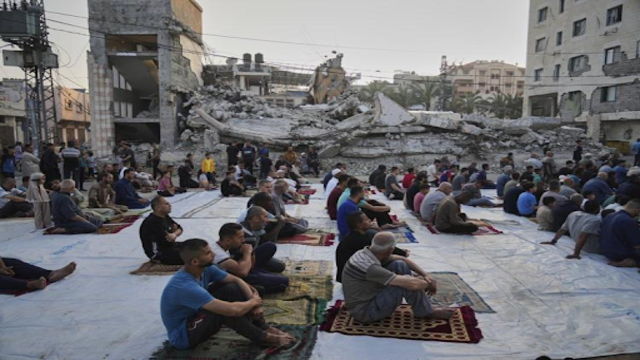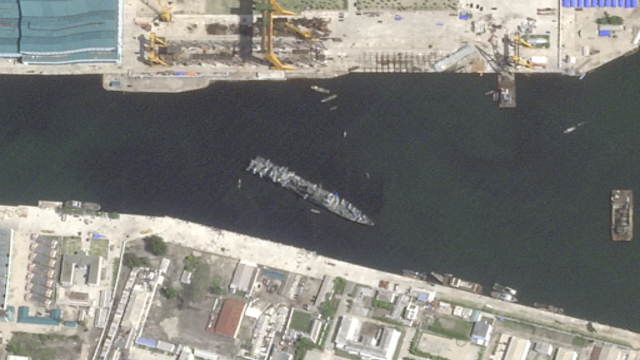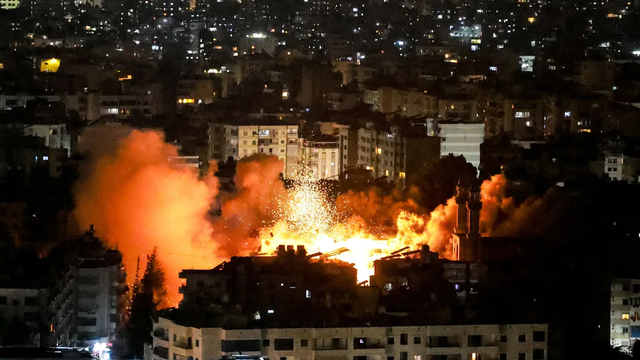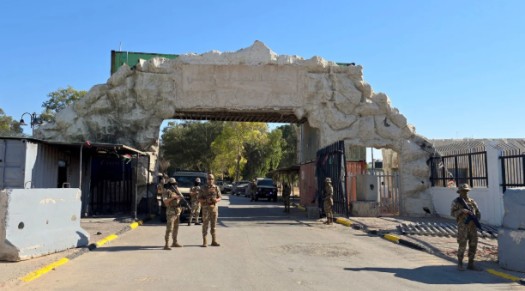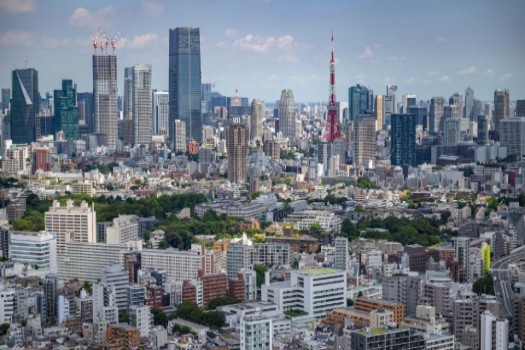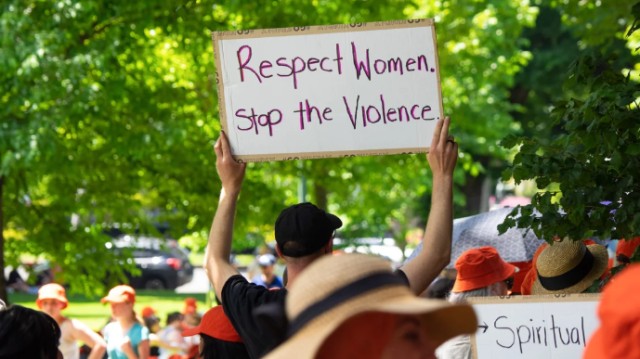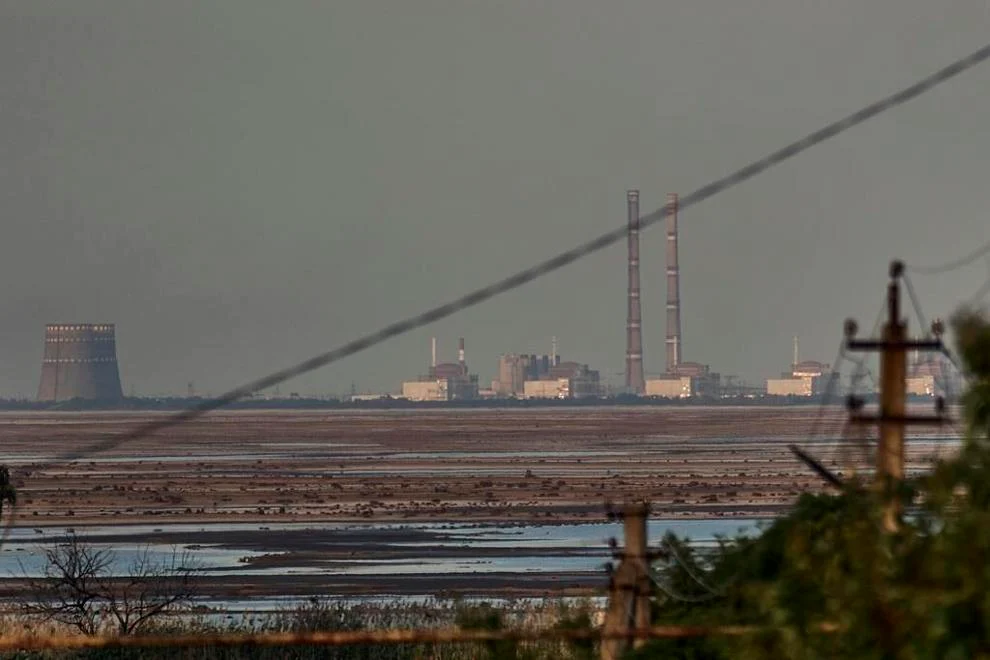
Officials at the Russian-controlled Zaporizhzhia Nuclear Power Plant said that the site was attacked Sunday April 7, 2024, by Ukrainian military drones, including a strike on the dome of the plant’s sixth power unit. (AP Photo/Libkos, File)
The head of the International Atomic Energy Agency (IAEA) has strongly criticized a drone attack on one of the six nuclear reactors at the Zaporizhzhia Nuclear Power Plant in Ukraine, which is under Russian control. Rafael Mariano Grossi stated that such attacks significantly elevate the risk of a major nuclear accident.
Grossi conveyed his condemnation through a statement posted on the social media platform X, where he confirmed that at least three direct hits were made on the main reactor containment structures of the Zaporizhzhia Nuclear Power Plant (ZNPP). He emphasized the gravity of these attacks, stating unequivocally that they should not occur under any circumstances.
The attribution of blame for the attack remains contentious, with Russia accusing Ukraine while the IAEA refrained from assigning responsibility. Ukrainian officials have not immediately responded to these accusations.
This incident marks the first attack on the Zaporizhzhia plant since November 2022, when Grossi outlined five fundamental principles aimed at preventing a severe nuclear accident with radiological ramifications.
According to statements from the power plant's authorities, the facility came under assault on Sunday by Ukrainian military drones, with one strike targeting the dome of the sixth power unit. Despite these attacks, plant officials reported no critical damage or casualties, and radiation levels within the facility remained within normal limits following the strikes. However, Russian state-owned nuclear agency Rosatom later claimed that three individuals sustained injuries in what it described as an "unprecedented series of drone attacks," particularly when one of the drones hit an area adjacent to the plant's canteen.
The IAEA confirmed the occurrence of physical drone impacts at the plant, including at one of its six reactors, in a separate statement. While noting that the damage at unit 6 had not compromised nuclear safety, the agency described the incident as serious, with the potential to undermine the integrity of the reactor's containment system.
Since Russia's military intervention in Ukraine in 2022, the Zaporizhzhia Nuclear Power Plant has been embroiled in the conflict, culminating in its seizure by Russian forces. The IAEA has repeatedly expressed concerns about the safety of the plant, Europe's largest nuclear facility, amidst fears of a catastrophic nuclear incident. Both Ukraine and Russia have regularly accused each other of targeting the plant, which remains in close proximity to the front lines of the conflict.
The six reactors of the power plant have been inactive for several months. However, the facility still requires electricity and qualified personnel to operate essential cooling systems and other safety mechanisms.
In other developments on Sunday, three individuals lost their lives when their residence in the front-line town of Huliaipole in Ukraine's partially occupied southeastern Zaporizhzhia region was struck by a Russian projectile, according to regional Governor Ivan Fedorov. Additionally, two individuals sustained injuries in a subsequent shelling in Huliaipole.
Separately, three individuals were wounded in Russian shelling in Ukraine's northeastern Kharkiv region, as reported by regional Governor Oleh Syniehubov.
Meanwhile, in Russia's Belgorod region bordering Ukraine, a girl was killed, and four others were injured when debris from a downed Ukrainian drone fell onto a car carrying a family of six individuals, according to regional Governor Vyacheslav Gladkov.



